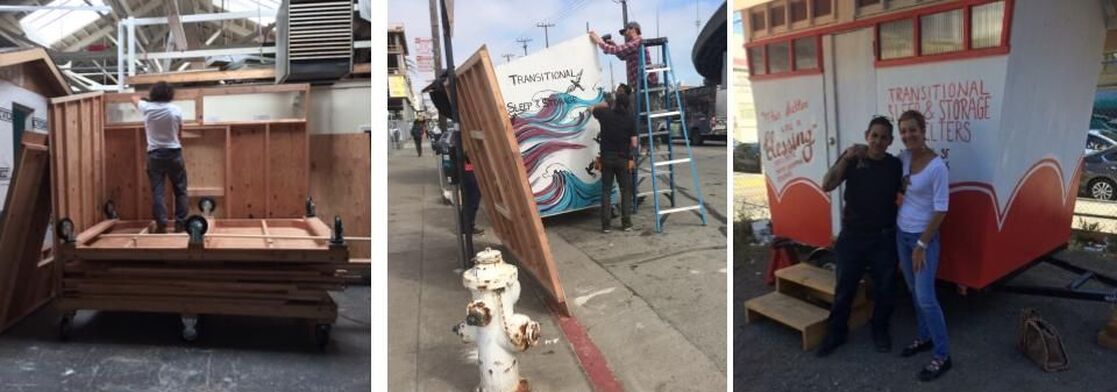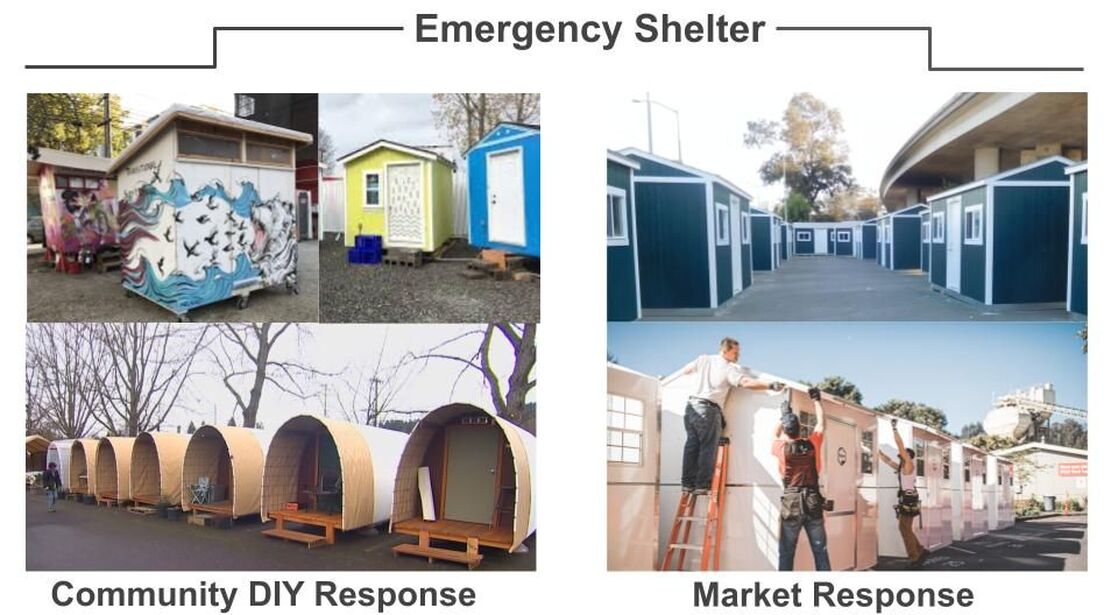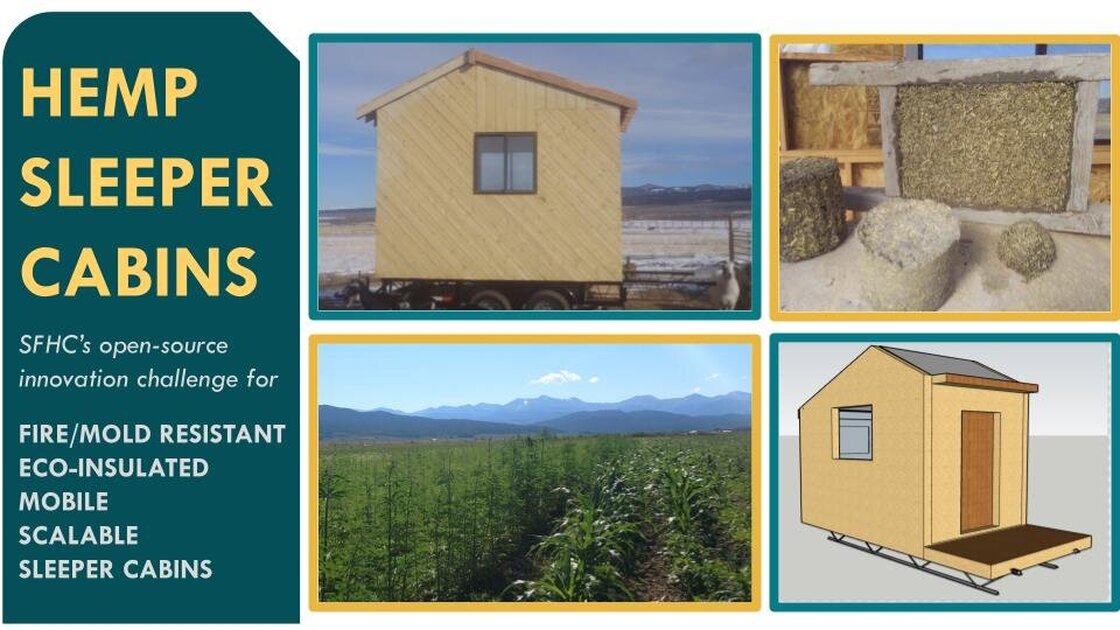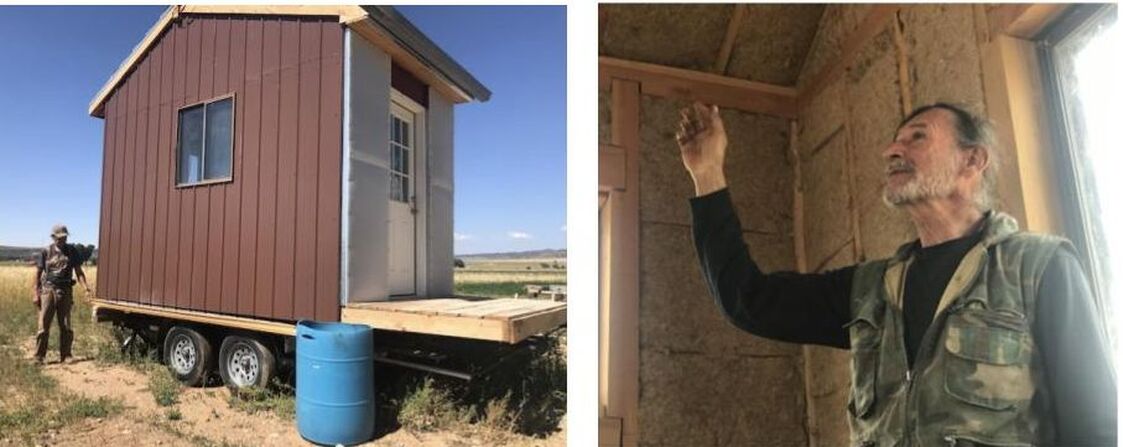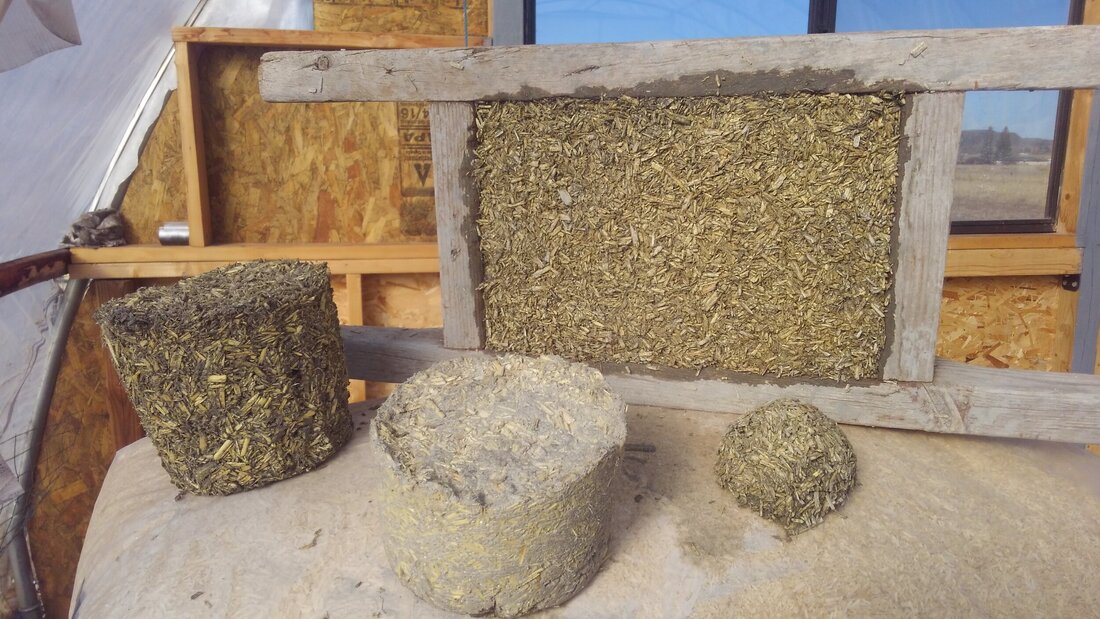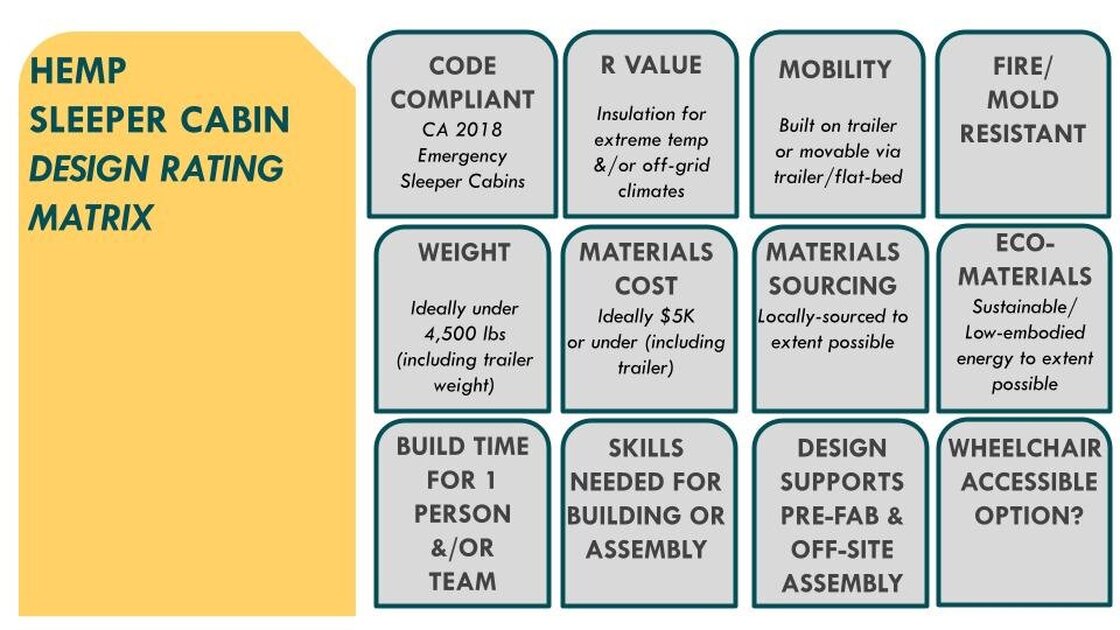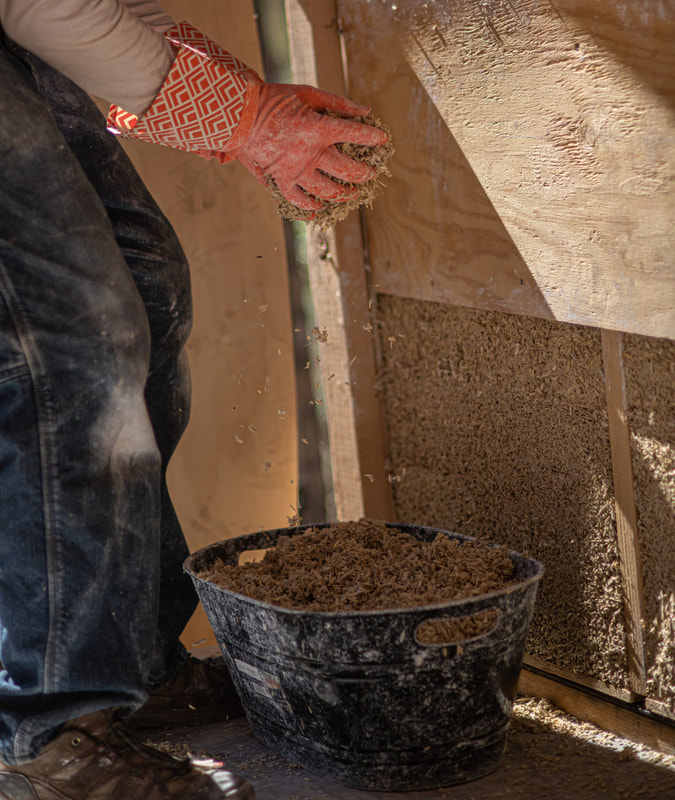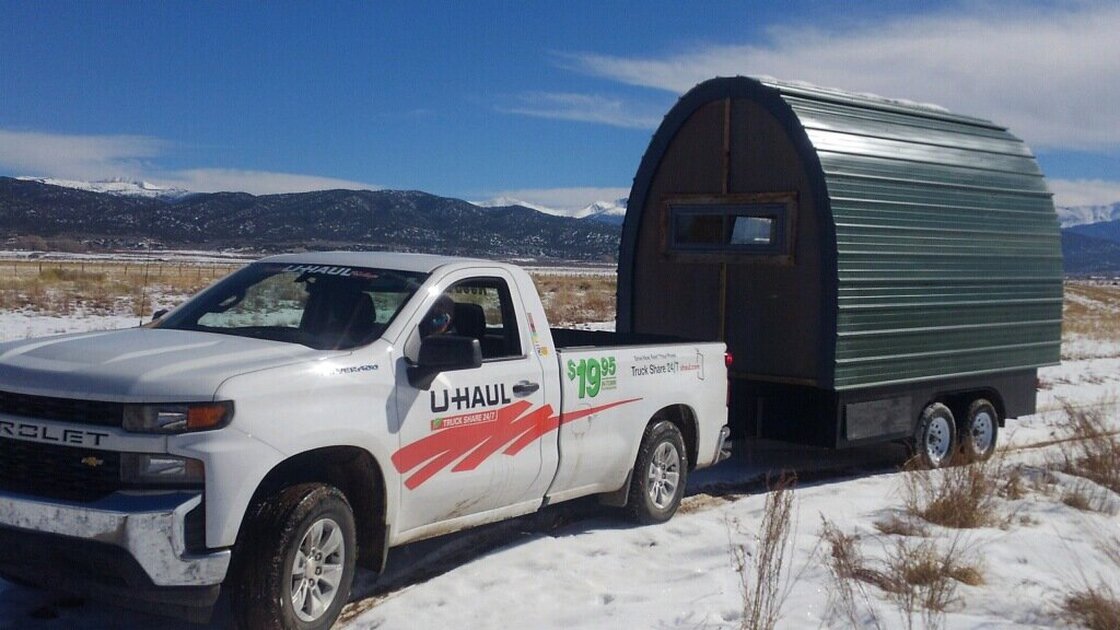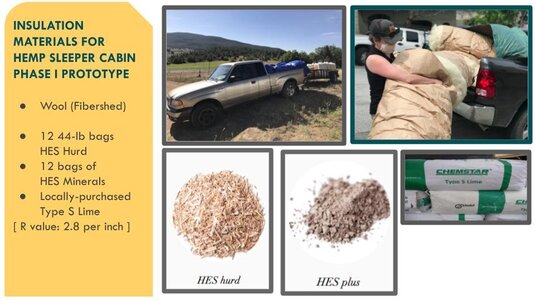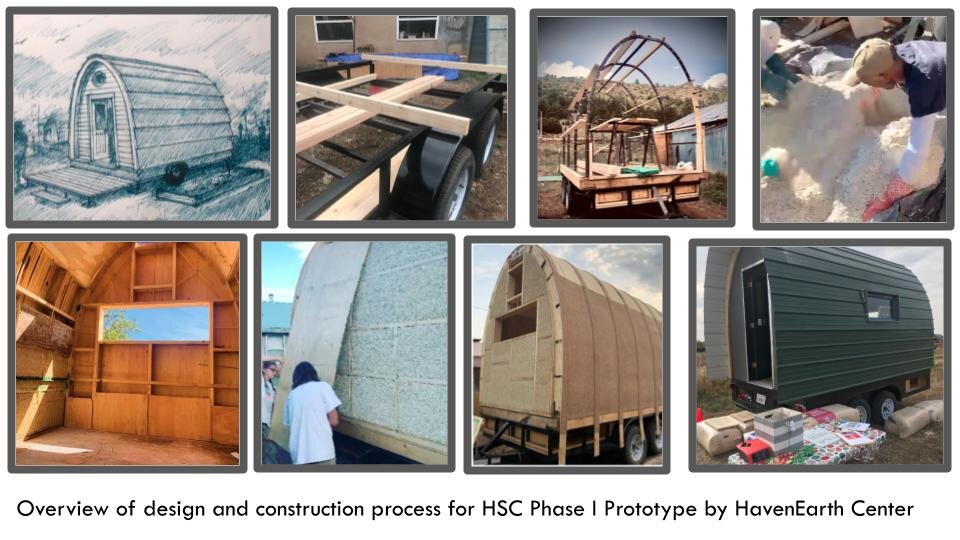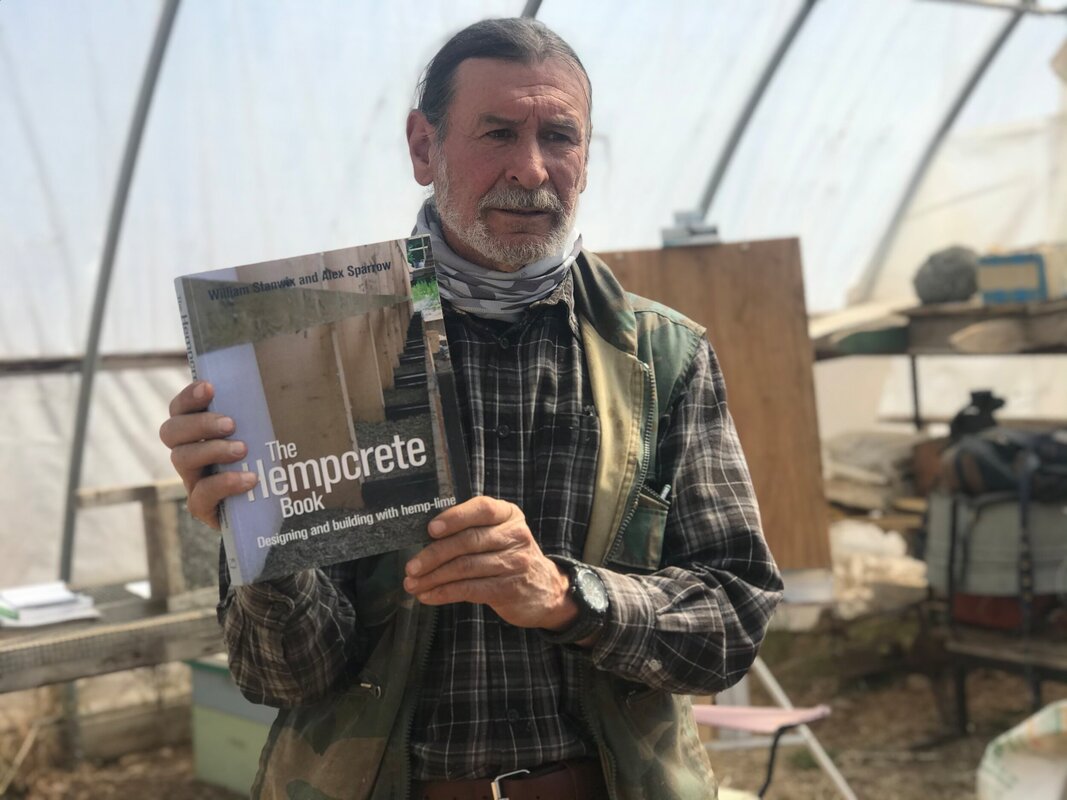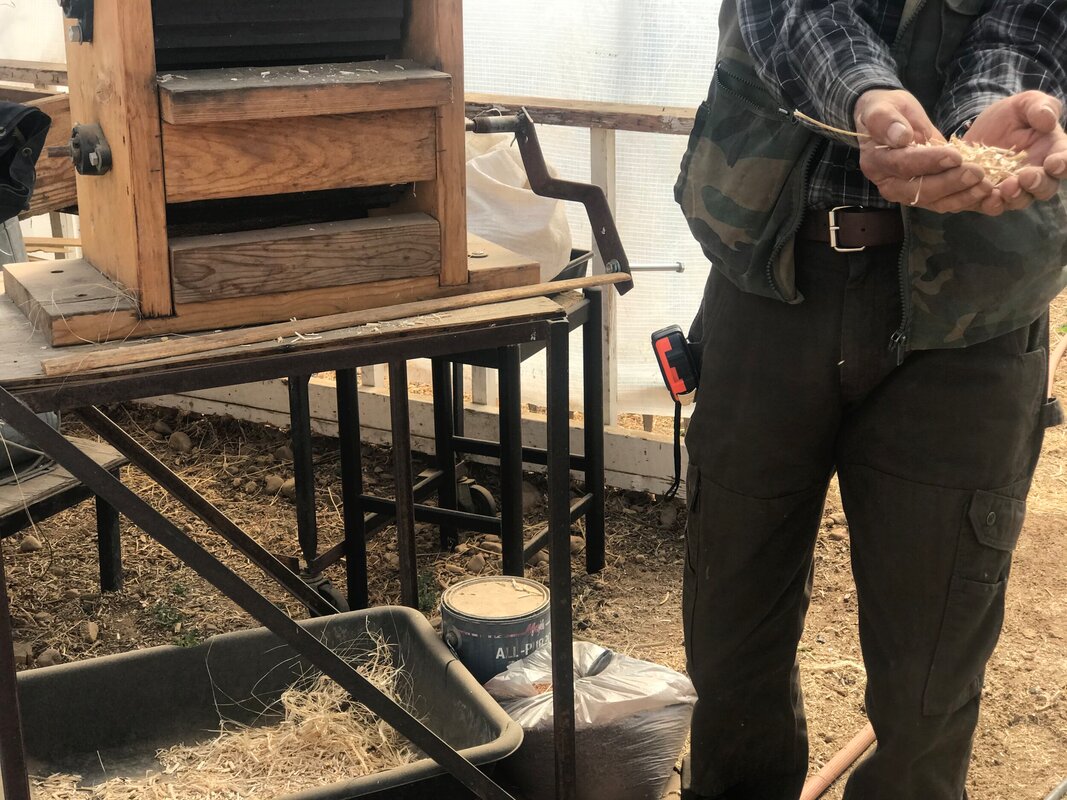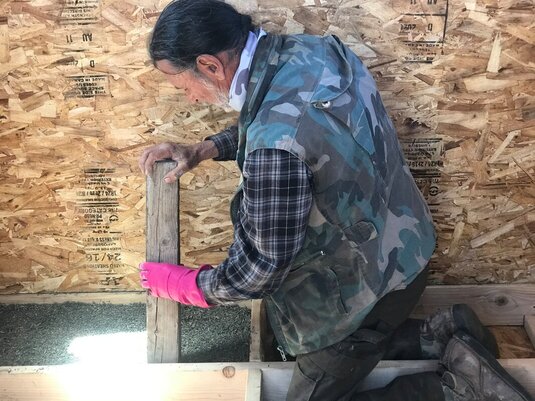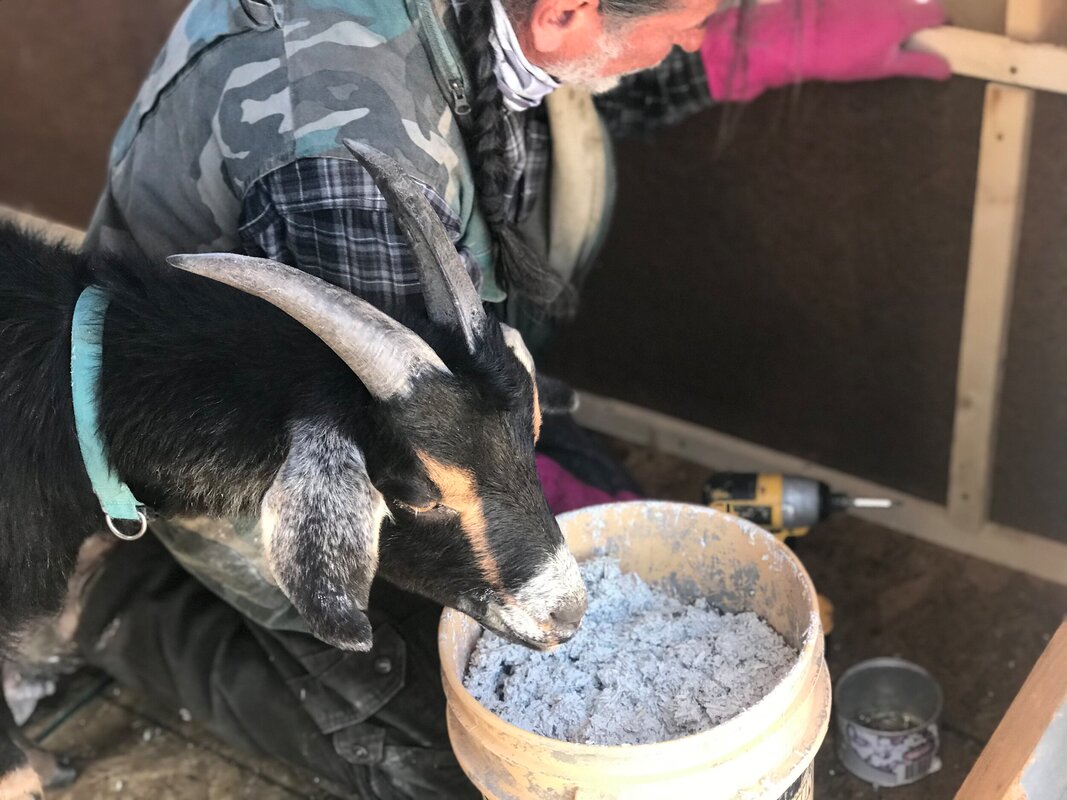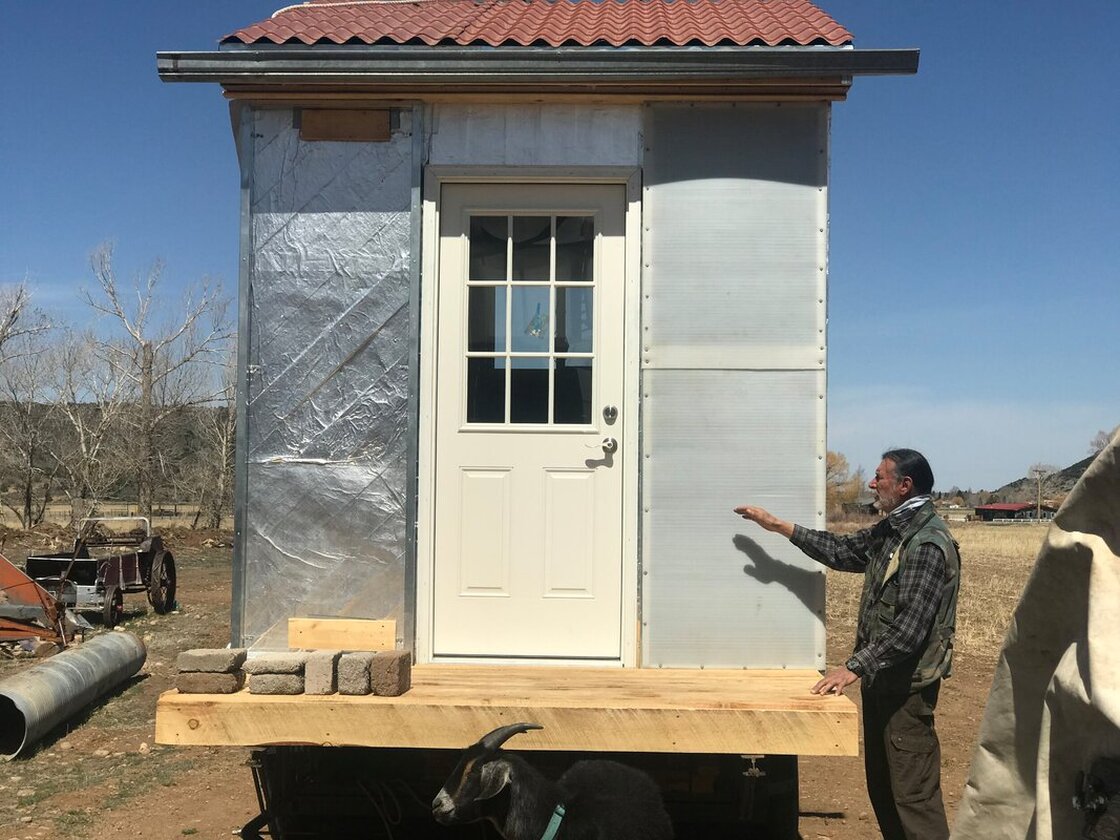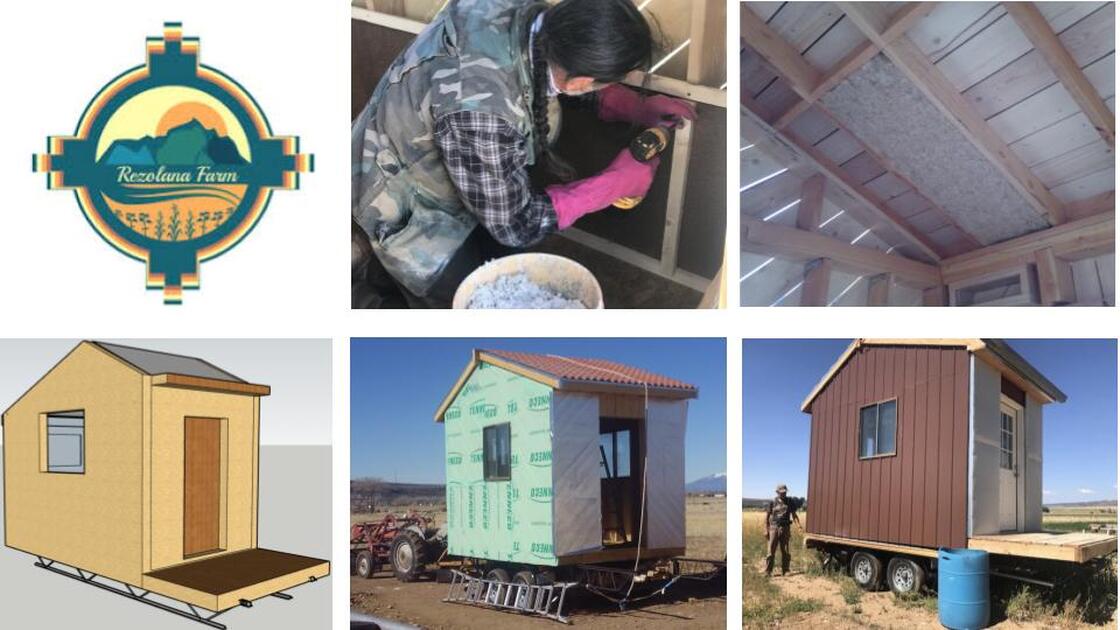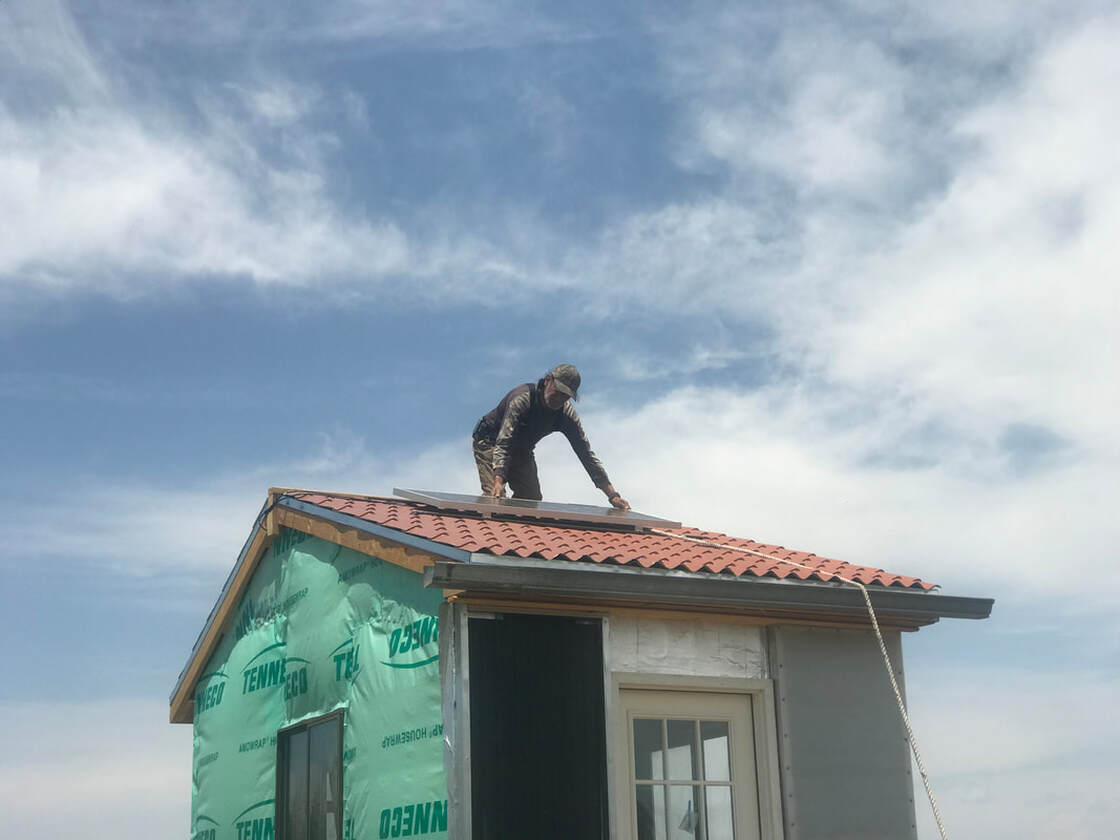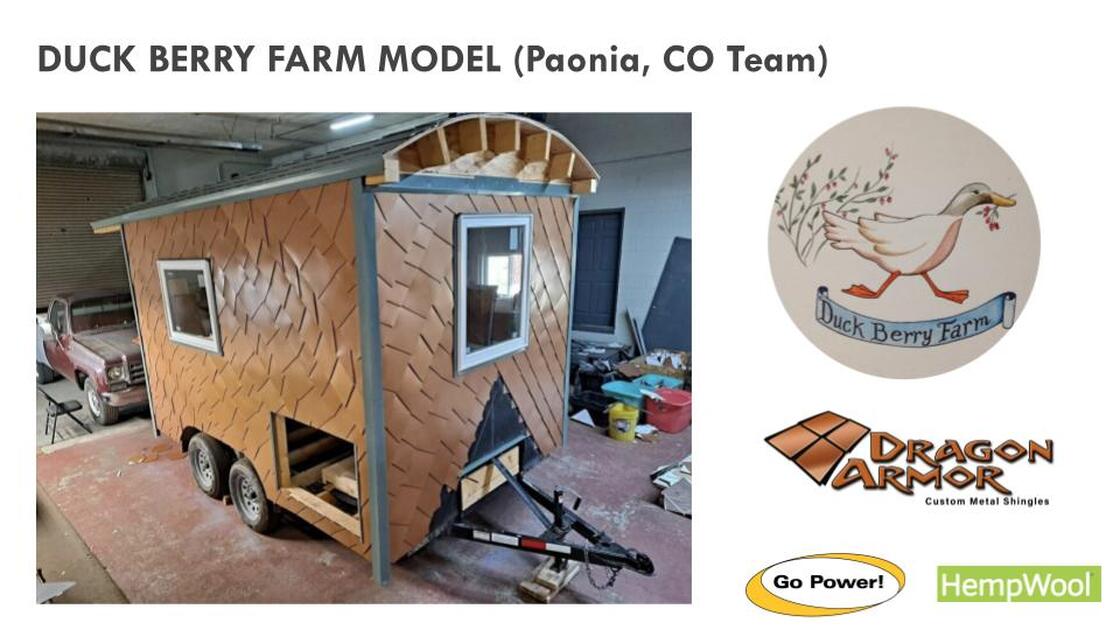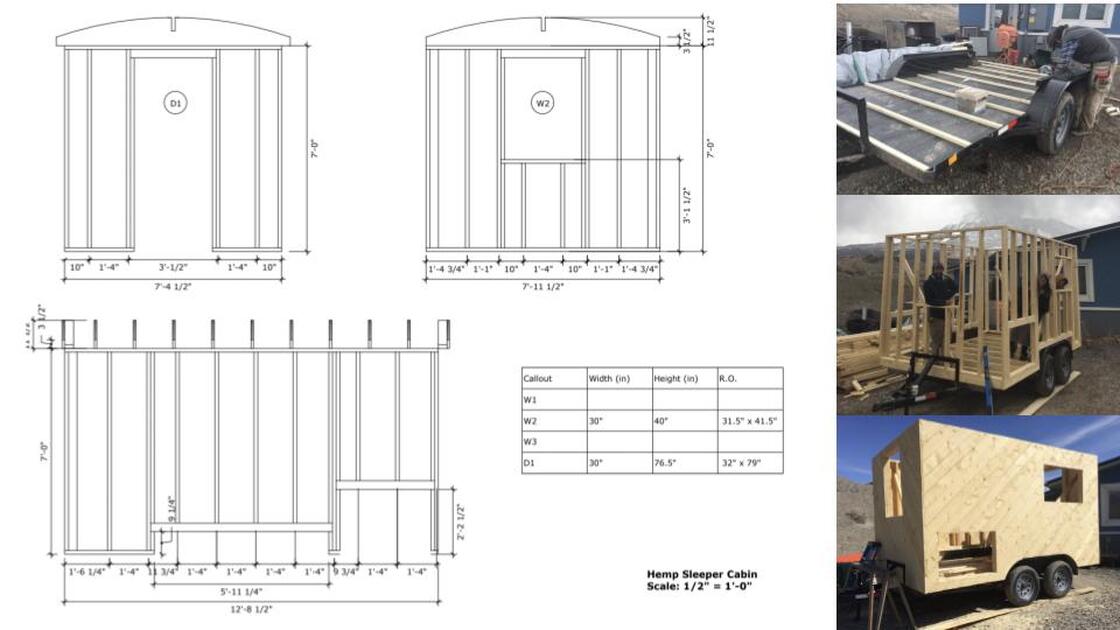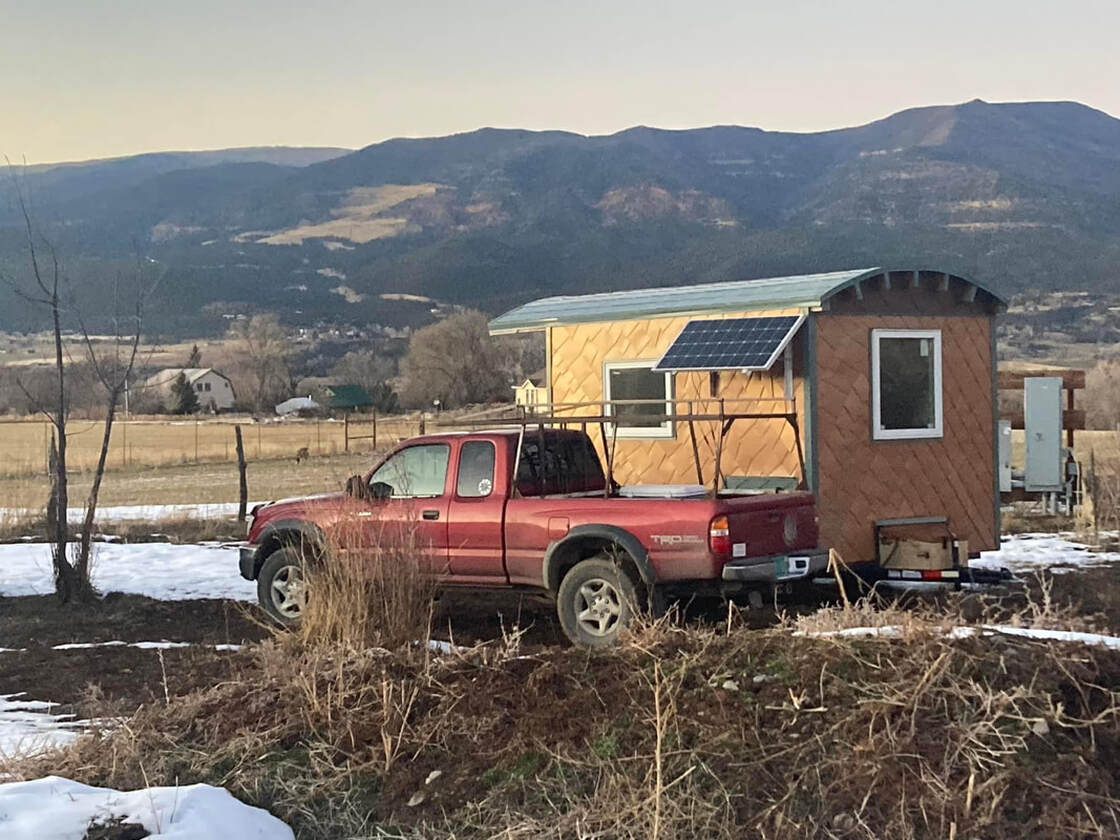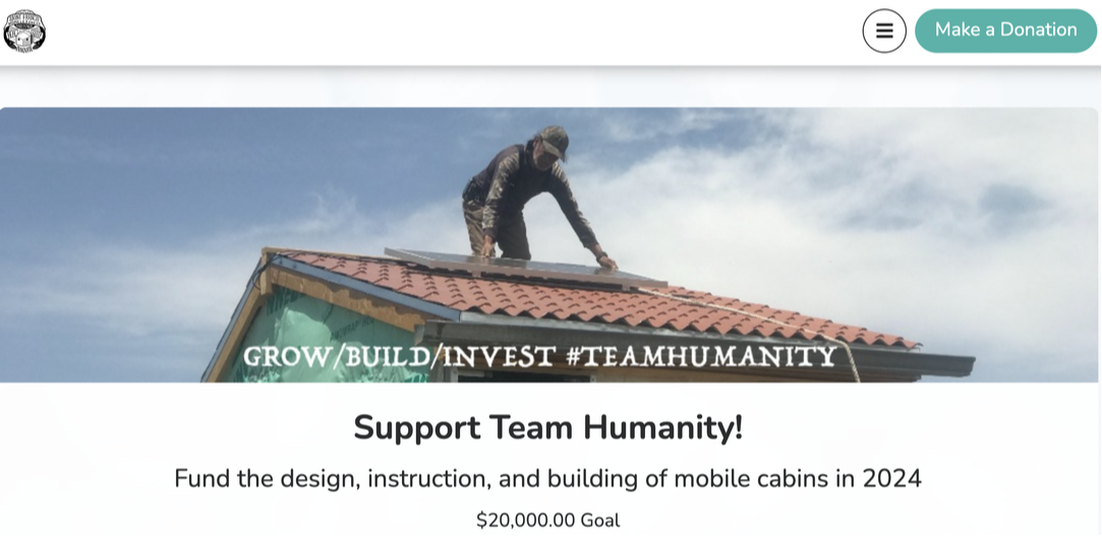THE NEED FOR EMERGENCY SHELTER RESPONSE
A humanitarian and market need exists for fire and mold resistant, insulated, sustainable, mobile, affordable, easy-to-assemble, and scalable cabins for emergency shelter and interim lodging.
#EndStreetHomelessness
#1000CabinChallenge
#TeamHumanity
A MOVEMENT FOR ON-SITE BUILDING TO MEET SHELTER NEEDS
Saint Francis Challenge has initiated and funded the building, open-source design, production, and hosting of over a dozen mobile cabins since 2015, including 3 hemp-insulated cabins in the Southwest.
A MOVEMENT FOR COMMON SENSE BUILDING CODES
Saint Francis Challenge also lobbied for the development of common-sense building code for emergency shelter at the State level, which the State of California adopted in 2018.
DIY AND MARKET MODELS FOR EMERGENCY SHELTER RESPONSE
Current models for affordable and code-complaint cabins include onsite "community DIY build" replicable models—e.g. Saint Francis Challenge's models, Low Income Housing Institute tiny home model, and Community Supported Shelters Conestoga Hug —and turnkey market solutions, such as Pallet Shelters and TuffSheds.
HEMP + EMERGENCY SHELTER RESPONSE
WHY HEMP INSULATION?“Hempcrete”, which is made from hemp fiber and minerals is flame and mold resistant and provides eco-insulation for both cold and hot climates. In addition to addressing a current need for affordable, durable, and mobile emergency shelter, this innovation effort supports the development of the United State’s emerging hemp industry, regenerative agriculture practices, training for eco-infrastructure jobs, and a network of organizations in service to a thriving humanity and planet.
|
PROJECT GOALS
|

